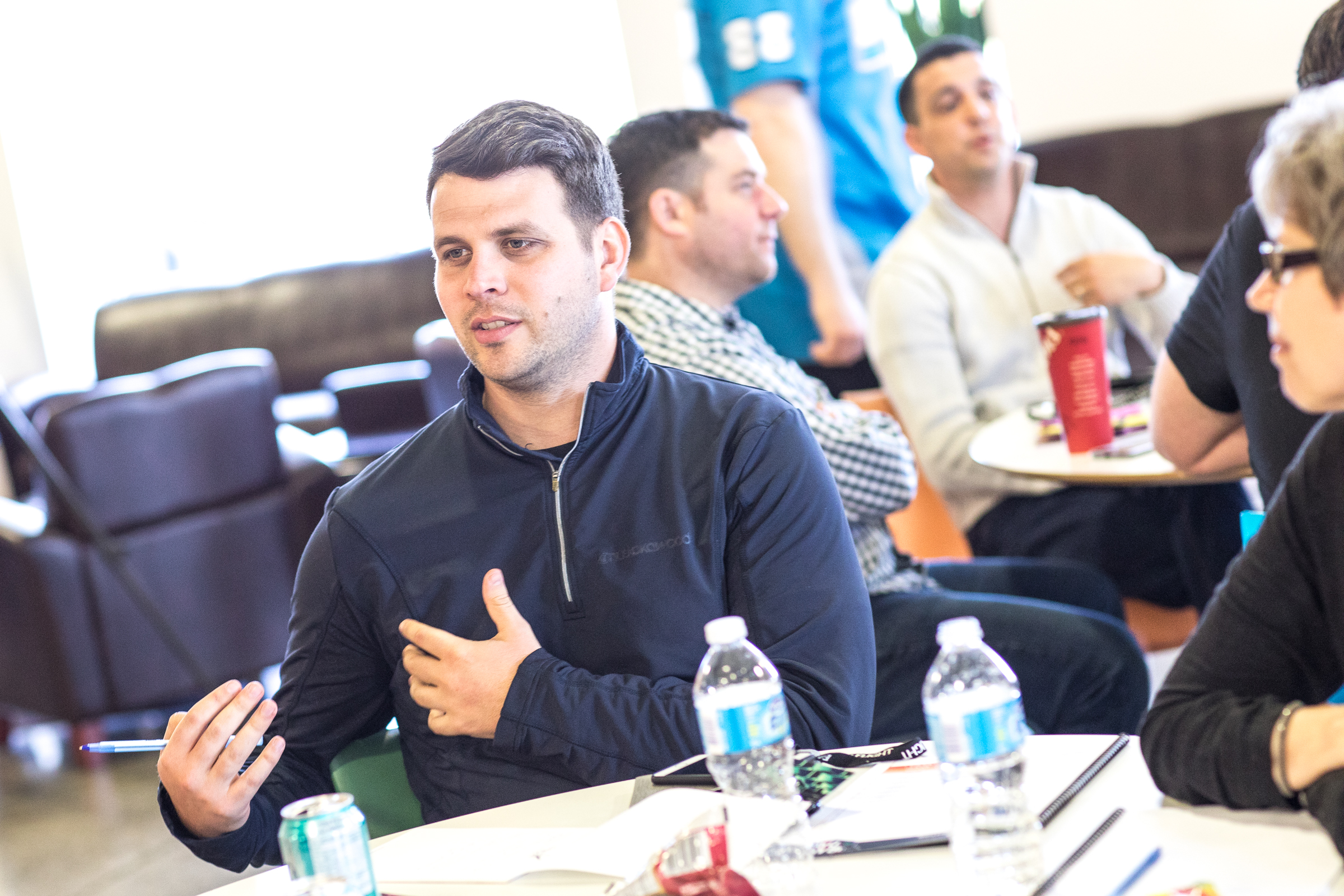8 Ways to Apply Experiential Learning in the Workplace
Experiential Learning: Transforming Behavior and Performance
Experiential learning, or learning by doing, is a powerful approach to changing behavior and boosting performance. By stepping outside of familiar routines, individuals can see firsthand how their actions lead to immediate results. In today’s rapidly changing business environment, it’s essential to immerse employees in the habits, workflows, and mindsets necessary for success.
Let’s explore eight ways organizations can integrate experiential learning directly into the workplace.
1. Action Learning Projects
This approach develops leadership skills in real time by grouping employees into small teams to tackle actual business challenges. It provides hands-on experience in problem-solving and critical thinking.
2. Mentorship Programs
Mentorship fosters knowledge exchange and value sharing between senior and junior staff. Junior employees gain firsthand insights into effective leadership practices and experiences.
3. Outdoor Activities
Engaging in activities outside the office, such as volunteer programs or team-building exercises, encourages employees to think creatively. These experiences offer fresh perspectives on communication, conflict resolution, and negotiation.
4. Conferences and Corporate Events
Large organizational gatherings present opportunities to enhance collaboration, communication, and team dynamics. Instead of traditional presentations, consider interactive, themed activities that encourage participants to engage and learn new ways of working.
5. Peer Group Learning
Leveraging collaboration, social interactions, and feedback, peer group learning facilitates knowledge sharing, constructive criticism, and innovative problem-solving, all of which contribute to a healthy team culture.
6. Case Study Discussions
Analyzing real-world scenarios in groups to identify problems and propose solutions encourages strategic thinking and the ability to envision multiple outcomes.
7. On-The-Job Training
Immersing employees in real-world work environments through on-the-job training provides a practical platform to refine skills, impart wisdom, foster professionalism, and build confidence.
8. Project-Based Learning
By working on specific projects or campaigns with set timelines, employees develop critical thinking, boost creativity, and enhance problem-solving skills. This empowerment helps them adopt new working methods to apply in their daily routines and prepare them to lead future projects.
Final Thoughts
These experiential learning methods immerse employees in real-world scenarios, encouraging effective learning through active participation. This engagement deepens their understanding and contributes to sustained learning and increased organizational involvement.
Experiential learning offers numerous benefits, from improved performance and increased employee engagement to fostering a culture of continuous learning. By thoughtfully implementing experiential learning in the workplace, organizations can enhance professional development initiatives, equipping employees with the skills needed to tackle real-world challenges.
Remember, mindset is everything.





